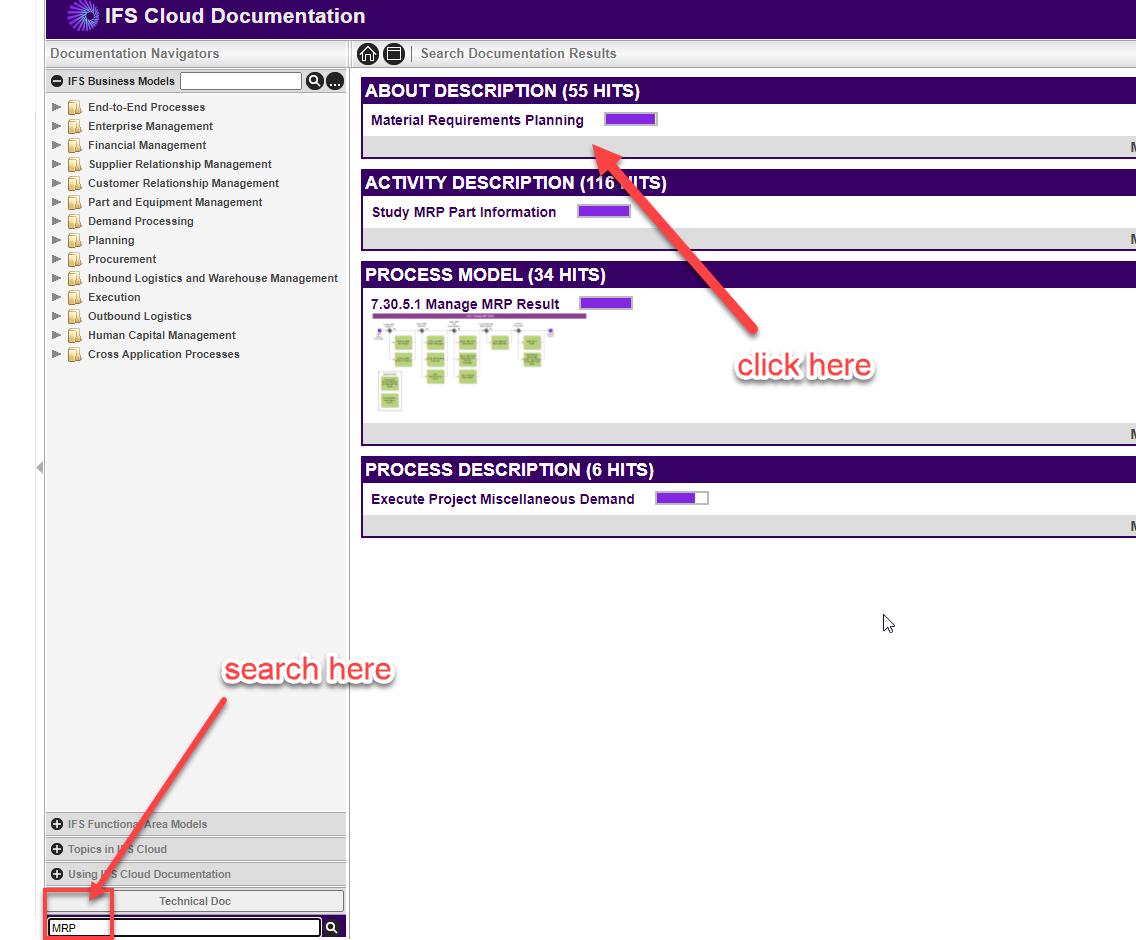Would like to know how each one works . Appreciate if someone can give me resource link or manual regarding how CRP/RRP AND MRP works in IFS.
CRP/RRP and MRP
Best answer by Asela Munasinghe
RRP
Resource Requirements Planning (RRP) is a capacity planning process where planned capacity, based on demonstrated output, is balanced with required capacity. This enables you to:
- Calculate capacity to meet the master schedule
- Calculate capacity to meet the output (new forecast, new operations plan and planned inventory or backlog) of the sales and operations plan
- Test end-item production plans, using different MS sets and capacity scenarios
- Compare and modify required and planned capacity
- Analyze load on key resources by user defined time periods
- Isolate and resolve potential problems
RRP lets you work with both machine capacity and other resources. This enables you to define different types of key resources and calculate the need for storage space, personnel, transport capacity, supplier capacity and so on.
RRP evaluates the effect of load from either demand plans, master production schedules or sales and operations plans against planned capacity over a mid to long term time frame.
Before working with RRP you must first enter certain basic data in IFS Manufacturing. For example, you must enter work centers where the constraining resources are located. You can use previously defined work centers and/or create unique ones solely to be used by RRP. If you create an RRP unique work center you can specify any unit of measure, for instance pieces, square meter, liter or kilo. You must also specify the work center’s capacity and load source. Load source decides whether to use unconsumed forecast and demand or supplies created by master scheduling or sales and operations planning to consume capacity. You can also select projected on hand as the load source, then RRP will present the projected on hand development versus a defined max capacity.
In addition, you must define the resource requirements by creating RRP resource routings. Here you have the possibility to time phase the requirements. This can be useful if the planned resource is a supplier for a critical component and you need to offset the requirements to match the lead time of that supplier.
Once the details of a simulation have been defined you can calculate load. The load can then be analyzed through a graphical user interface. The data shown can be restricted to specific time periods of your choice.
Enter your E-mail address. We'll send you an e-mail with instructions to reset your password.






